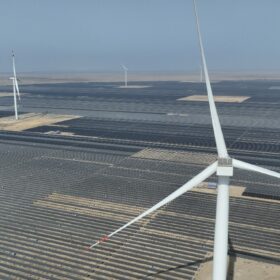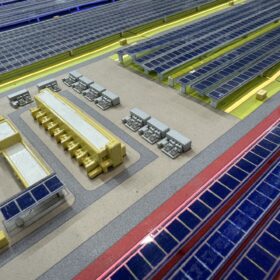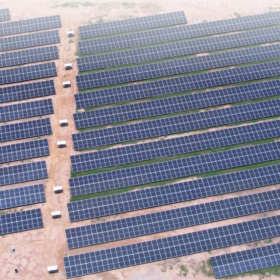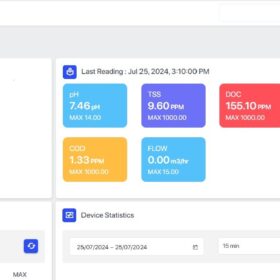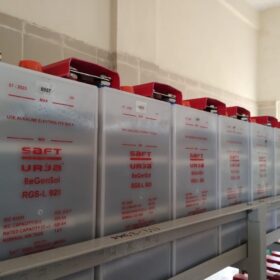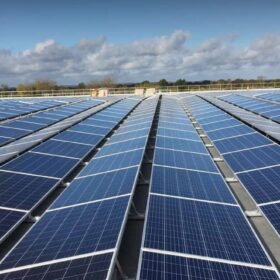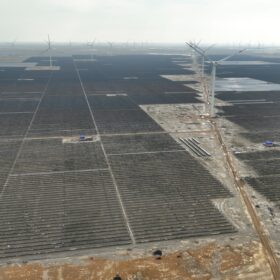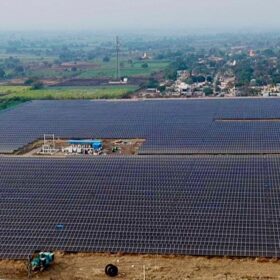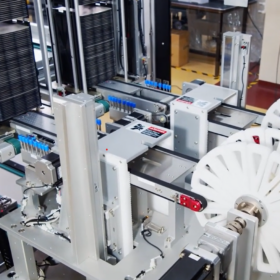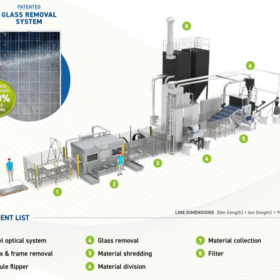Global cleantech investment expected to surpass fossil fuels for the first time in 2025
Global clean energy supply investments will reach $670 billion this year, said a report from S&P Global Commodity Insights.
Optimizing photovoltaic systems: Best practices for economic, technical key performance indicators
As the global solar energy industry grows, so does the need for accurate monitoring of performance and financial viability. The latest report by IEA PVPS Task 13, “Best Practice Guidelines for the Use of Economic and Technical KPIs,” provides a comprehensive framework to address this issue. This article explores the importance, methodologies, and applications of Key Performance Indicators (KPIs), with a focus on their role in optimizing PV systems.
Waaree Renewable Technologies posts nine-month revenue of INR 1,121.17 crore
Waaree Renewable Technologies has reported a revenue of INR 1,121.17 crore for nine-months ended on Dec. 31, 2024, 85.87% up year-on-year.
AI and Data Analytics in energy operations
Artificial intelligence (AI) and Data Analytics are transforming energy operations by introducing capabilities that were once unimaginable. These technologies provide actionable insights, automate processes, and enable real-time decision-making, making energy systems smarter and more resilient.
BPCL ropes in Volks Energie for LFP-Based solar storage plants
Bharat Petroleum Corp. Ltd (BPCL) has entrusted Volks Energie with deployment of a cumulative solar capacity of 280 kW backed with lithium ferro phosphate (LFP) battery storage of 1.6 MWh for its oil and gas pipeline network. The solar-plus-storage capacity will be equally distributed across 14 strategic locations in Andhra Pradesh and Telangana.
Solar discovery could transform hydrogen production
An international study led by Flinders University in Australia has advanced nanoscale chemistry to further develop sustainable and efficient generation of hydrogen from water using solar power.
Hartek secures the largest rooftop solar plant in Jammu & Kashmir
Hartek Group has won the complete EPC order for an 8 MW rooftop solar plant in Jammu & Kashmir. The project has been awarded by Kandhari Beverages.
Adani Green Energy achieves operational RE capacity of 11.6 GW
Adani Green Energy Ltd commissioned 3,131 MW of renewable energy capacity (2,693 MW solar and 438 MW wind) in the April-Dec. 2024 period, taking its cumulative operational capacity to 11.6 GW.
BrightNight switches on first phase of 115 MW hybrid wind-solar power project
The project has co-located wind and solar components to supply round-the-clock renewable power to utility and corporate offtakers.
AM Green, DP World partner on building logistics, storage infrastructure for green molecules
AM Green has partnered with DP World to jointly develop logistics and storage infrastructure to facilitate the global export of 1 million tonnes per annum (mtpa) of green ammonia and 1 mtpa of green methanol from its plants in India.
